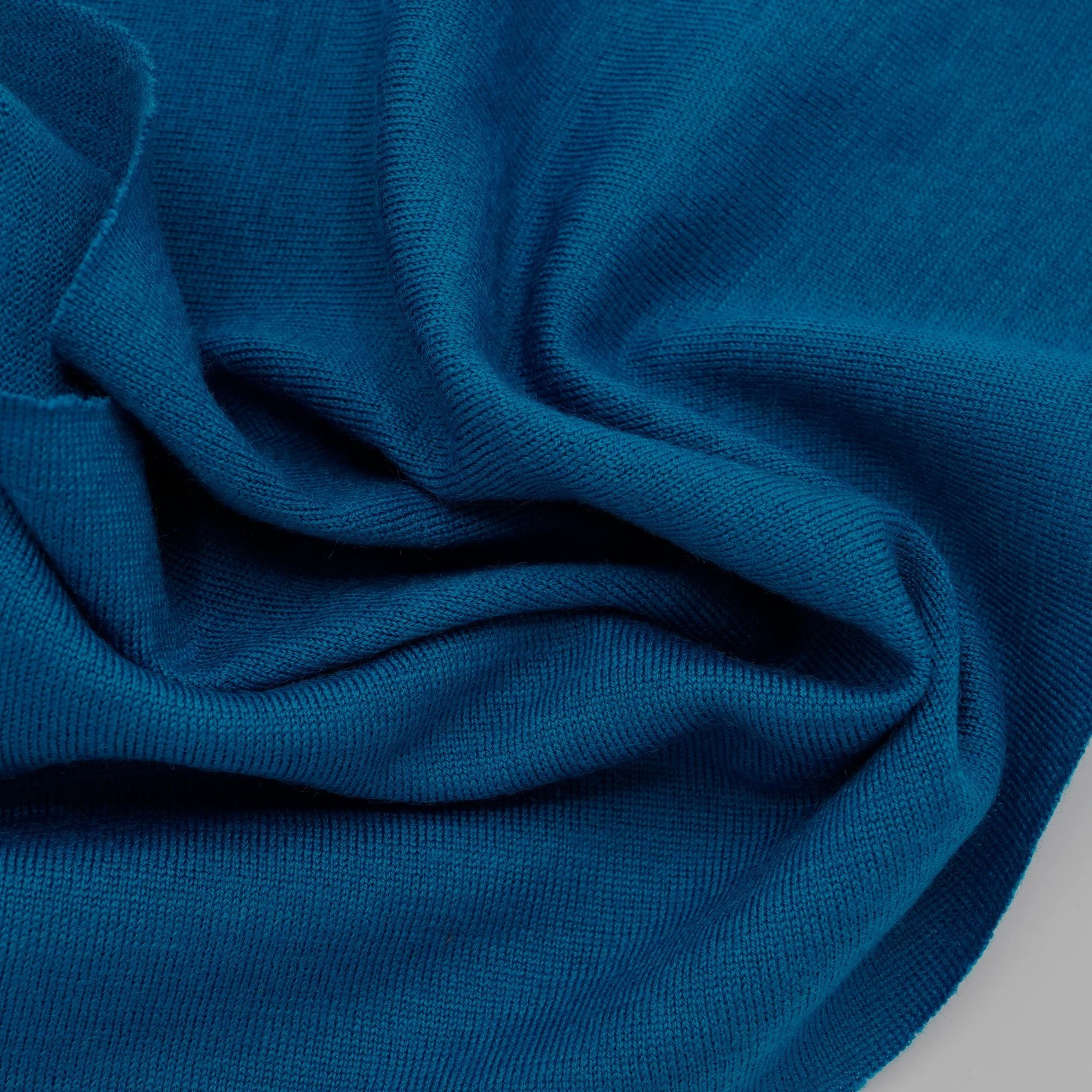 Esperanto
Esperanto
 Shqiptare
Shqiptare
 Euskara
Euskara
 Zulu
Zulu
 Latinus
Latinus
 Cymraeg
Cymraeg
 தமிழ்
தமிழ்
 Slovak
Slovak
 Slovak
Slovak
 Afrikaans
Afrikaans
Why Choose Natural Fibers for Your Next Shirt? A Comprehensive Material Guide
Release time:
2025-05-17
Source:
Why Choose Natural Fibers for Your Next Shirt? A Comprehensive Material Guide
When it comes to selecting materials for shirts, the decision can significantly impact not just your personal style but also your comfort, longevity of wear, and the environment. In a world where fast fashion often takes precedence, choosing natural fibers emerges as a wise and sustainable choice. In this comprehensive guide, we will explore the myriad reasons to opt for natural fibers in your next shirt, discussing their benefits, types, and care instructions, as well as addressing common questions about these remarkable materials.
Table of Contents
1. Understanding Natural Fibers
2. Benefits of Natural Fiber Shirts
- 2.1 Comfort and Breathability
- 2.2 Sustainability and Eco-Friendliness
- 2.3 Durability and Long-Lasting Quality
3. Types of Natural Fibers
- 3.1 Cotton
- 3.2 Linen
- 3.3 Wool
- 3.4 Hemp
- 3.5 Silk
4. How to Care for Natural Fiber Shirts
5. Myths About Natural Fibers
6. Frequently Asked Questions
7. Conclusion
Understanding Natural Fibers
Natural fibers are derived from plants and animals, making them biodegradable and typically more environmentally friendly compared to synthetic alternatives. These fibers are not only comfortable and breathable but also have unique properties that enhance the overall wearing experience. By understanding the characteristics of various natural fibers, we can make more informed decisions when selecting shirts that suit our needs and lifestyle.
Benefits of Natural Fiber Shirts
Choosing shirts made from natural fibers offers several significant benefits that can enhance your wardrobe and lifestyle.
Comfort and Breathability
One of the most notable advantages of natural fibers is their **comfort and breathability**. Materials like cotton and linen allow air to circulate, keeping you cool in warm weather. This property helps to wick away moisture, making natural fiber shirts ideal for hot and humid conditions. Unlike synthetic fabrics, which can trap heat and moisture, natural fibers offer a refreshing alternative that feels good against the skin.
Sustainability and Eco-Friendliness
In today's environmentally conscious world, the **sustainability and eco-friendliness** of natural fibers cannot be overstated. Many natural fibers are sourced from renewable resources and require fewer chemicals for production than their synthetic counterparts. Choosing shirts made from organic cotton or linen not only reduces your carbon footprint but also supports sustainable farming practices that benefit both the planet and local communities.
Durability and Long-Lasting Quality
Natural fibers are known for their **durability and long-lasting quality**. While some synthetic fibers may wear out quickly or lose their shape over time, natural fibers like wool and cotton can withstand the test of time with proper care. Investing in high-quality natural fiber shirts means you are likely to enjoy them for many seasons, reducing the need for frequent replacements and contributing to a more sustainable wardrobe.
Types of Natural Fibers
Understanding the different types of natural fibers available can help you choose the right material for your shirt. Here’s an overview of some of the most popular natural fibers used in clothing.
Cotton
Cotton is perhaps the most commonly used natural fiber in clothing. Known for its softness and versatility, cotton shirts offer excellent breathability and comfort. Whether you opt for organic or conventional cotton, this material is easy to care for and comes in various styles and colors, making it a wardrobe staple.
Linen
Linen is derived from the flax plant and is renowned for its lightweight and breathable qualities. It is an ideal choice for summer shirts, as it effectively wicks moisture away from the skin. While linen may wrinkle easily, many appreciate its relaxed and casual look, making it a fashionable choice for warm weather.
Wool
Wool is a fantastic natural fiber, especially for colder months. It has excellent insulation properties, keeping you warm without overheating. Merino wool, in particular, is soft, lightweight, and moisture-wicking, making it suitable for various types of shirts, including dress shirts and casual wear.
Hemp
Hemp is a lesser-known but highly sustainable natural fiber. It requires minimal water and pesticides to grow, making it an eco-friendly option. Hemp shirts are durable, breathable, and become softer with each wash. They are also naturally resistant to mold and UV rays, adding to their appeal.
Silk
Silk is a luxurious natural fiber that adds a touch of elegance to any shirt. Known for its smooth texture and natural sheen, silk drapes beautifully and feels incredible against the skin. While silk requires delicate care, its natural temperature-regulating properties make it a comfortable choice for both warm and cool weather.
How to Care for Natural Fiber Shirts
To enjoy the benefits of your natural fiber shirts for years to come, proper care is essential. Here are some tips to keep in mind:
1. **Read the Care Label**: Always check the care label for specific washing instructions. Some natural fibers may require gentle cycles or handwashing.
2. **Use Mild Detergents**: Choose mild, eco-friendly detergents to prevent damage to the fibers.
3. **Avoid Excessive Heat**: High heat can damage natural fibers. Opt for air drying when possible, and use low heat settings for ironing.
4. **Store Properly**: Store your shirts in a cool, dry place, away from direct sunlight to prevent fading and deterioration.
Myths About Natural Fibers
Despite their many advantages, there are some *common myths* surrounding natural fibers. Let's debunk a few:
- **Myth 1**: Natural fibers are always more expensive.
- **Truth**: While some high-end natural fibers may cost more, many affordable options are available that offer great quality.
- **Myth 2**: Natural fibers are harder to care for.
- **Truth**: With proper care, natural fibers can be just as easy to maintain as synthetic ones.
- **Myth 3**: Natural fibers are not suitable for outdoor activities.
- **Truth**: Many natural fibers, like merino wool and hemp, are excellent for outdoor use due to their moisture-wicking and durable properties.
Frequently Asked Questions
1. Are natural fiber shirts worth the investment?
Yes, natural fiber shirts tend to be more durable and comfortable, making them a worthwhile investment for a sustainable wardrobe.
2. How do natural fibers impact the environment?
Natural fibers are generally more sustainable, as they are biodegradable and typically require fewer chemicals during production compared to synthetic fibers.
3. Can I wear natural fiber shirts in all seasons?
Absolutely! Different natural fibers, such as wool for winter and cotton or linen for summer, make them versatile for all seasons.
4. Do natural fibers have a longer lifespan than synthetics?
In many cases, yes. Natural fibers are often more durable and can last longer with proper care.
5. How do I know if a fiber is truly natural?
Look for labels that specify the fiber content, and seek certifications for organic or eco-friendly materials when possible.
Conclusion
In conclusion, opting for natural fibers when selecting your next shirt presents a multitude of benefits, from **comfort and breathability** to **sustainability and durability**. As consumers become increasingly conscious of their choices, understanding the advantages of natural materials is paramount. By choosing fibers such as cotton, linen, wool, hemp, and silk, you not only enhance your wardrobe but also contribute positively to the environment. Whether you are dressing for work or a casual outing, natural fiber shirts are sure to keep you looking stylish and feeling great. Make the switch to natural fibers today, and enjoy the benefits for years to come!
clothing shirt material
Related News
2025-08-21 19:00
Why Nylon Wool Fabric is the Future of Sustainable Apparel
Why Nylon Wool Fabric is the Future of Sustainable Apparel Table of Contents 1. Introduction to Sustainable Apparel and Its Importance 2. Understanding Nylon Wool Fabric: A Comprehensive Overview 3. Environmental Benefits of Nylon Wool Fabric 3.1 Reduced Resource Consumption 3.2 Lower Carbon Footprint 4. Durability and Longevity: A Wise Investment 5. Versatility in Fashion Design 6. The Growing Po
2025-08-11 18:40
The Versatility and Benefits of Wool Fabric in Textile Industry
Wool fabric, derived from the fleece of sheep, is renowned for its unique properties that make it a highly sought-after material in the textile industry. Unlike synthetic fibers, wool is a natural fiber that possesses a range of advantages, contributing to its enduring popularity among designers and manufacturers. One of the most significant attributes of wool fabric is its excellent thermal regul





